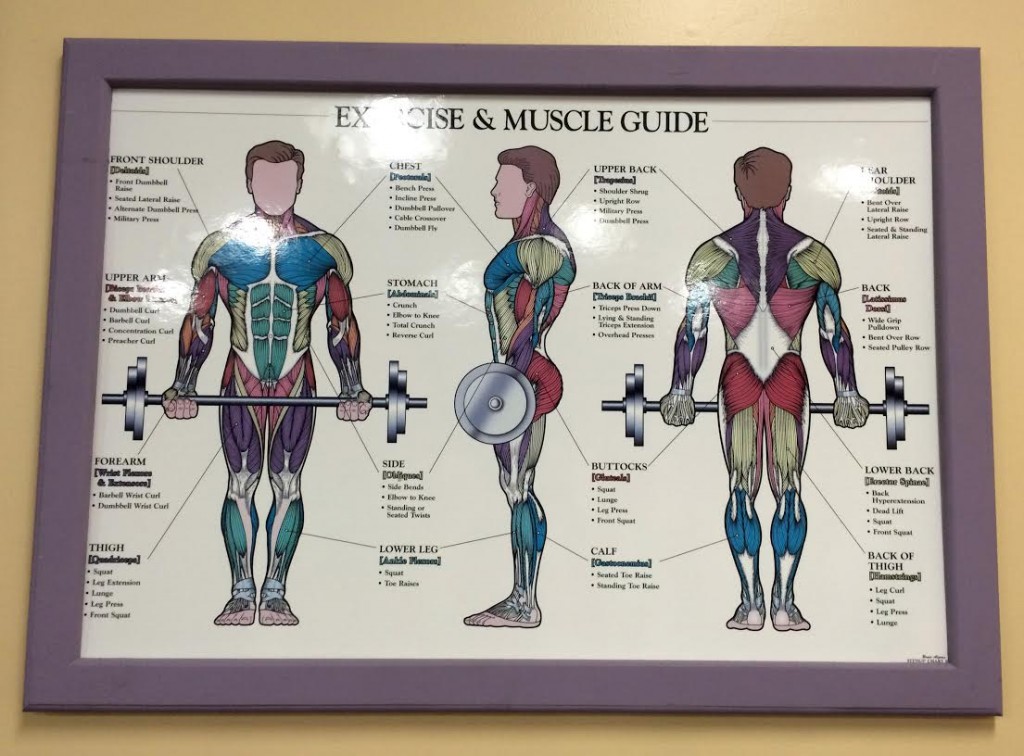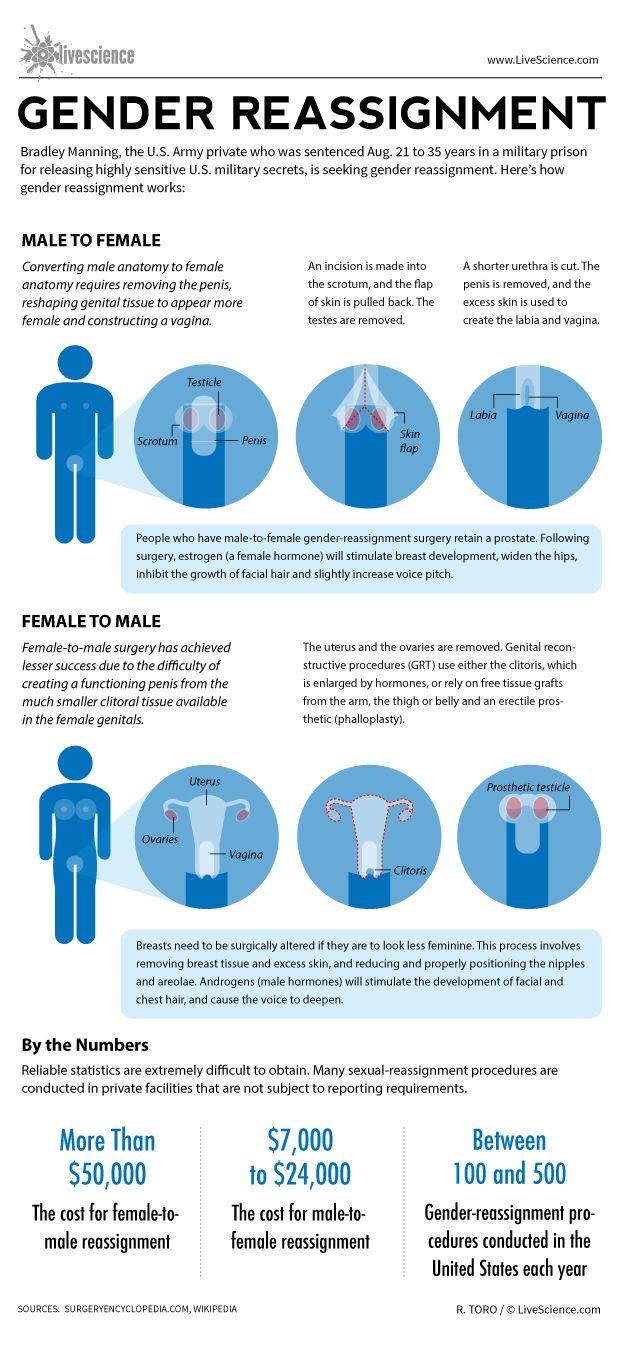
UNFPA works with governments to implement comprehensive sexuality education, both in schools and outside of schools through community-based training and outreach. And because these programmes are based on human rights principles, they advance gender equality and the rights and empowerment of young people.
COMPLETE ANATOMY CHANGE GENDER FULL
It is a precondition for exercising full bodily autonomy, which requires not only the right to make choices about one’s body but also the information to make these choices in a meaningful way. Yet research shows that the majority of adolescents lack the knowledge required to make those decisions responsibly, leaving them vulnerable to coercion, sexually transmitted infections and unintended pregnancy.Ĭomprehensive sexuality education enables young people to protect and advocate for their health, well-being and dignity by providing them with a necessary toolkit of knowledge, attitudes and skills. Inferior rectal artery - branch of the internal pudendal artery.Every young person will one day have life-changing decisions to make about their sexual and reproductive health.Middle rectal artery - branch of the internal iliac artery.


It is continuous with the anal canal which passes through the pelvic floor to end as the anus. The final segment of the rectum, the ampulla, relaxes to accumulate and temporarily store faeces until defecation occurs. There are additionally three lateral flexures (superior, intermediate and inferior), which are formed by transverse folds of the internal rectum wall. This flexure is formed by the tone of the puborectalis muscle, and contributes significantly to faecal continence.

The rectum receives sensory and autonomic innervation. Note: the rectum is also closely anatomically associated with the rectal venous plexus however this structure is more functionally related to the anal canal. Anastomoses between the portal and systemic veins are located in the wall of anal canal, making this a site of portocaval anastomosis.

The superior rectal vein empties into the portal venous system, whilst the middle and inferior rectal veins empty into the systemic venous system. Venous drainage is via the corresponding superior, middle and inferior rectal veins.


 0 kommentar(er)
0 kommentar(er)
